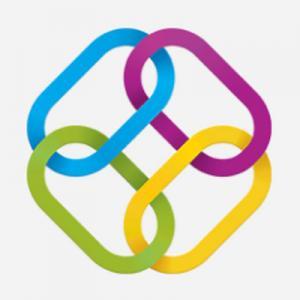Nevada: @NVHealthLink reports 7,600 more Nevadans enrolled via Special Enrollment Period so far; #GetCovered thru 8/15!

Nevada Health Link Saves Thousands of Nevadans Money Through 2021 Special Enrollment Periods
CARSON CITY, Nev. (May 17, 2021) –Nevada Health Link, the online health insurance marketplace operated by the state agency, the Silver State Health Insurance Exchange (Exchange), has enrolled more than 7,600 Nevadans since the implementation of two Special Enrollment Periods in 2021, including more than 4,500 enrollees since April 20, attributed to the American Rescue Plan Act (ARPA or American Rescue Plan).
The American Rescue Plan, which was signed into law on March 11, provides Nevadans with a Special Enrollment Period where insured and uninsured Nevadans can take advantage of new, drastically reduced insurance premiums from now until August 15.
“We hope these savings enable Nevadans to allocate their hard-earned money to meet their families’ other essential needs such as food, clothing and housing,” said Heather Korbulic, Executive Director of the Silver State Health Insurance Exchange. “No Nevadan should forgo a basic necessity such as health insurance because of cost. We encourage all Nevadans, whether they are newly eligible uninsured or an existing enrollee to speak with a Certified Enrollment Counselor or Broker through Nevada Health Link to see what cost savings options work for their medical and budgetary needs.”
Here’s what is being offered through Nevada Health Link:
- More Nevadans Qualify for Savings: New insurance premium savings apply to Nevadans making more than 400% of the federal poverty level. So even if you think you don’t qualify for financial assistance (subsidies or tax credits), you may actually have significant savings waiting to be claimed.
- Premiums for the Unemployed Start at $0: The American Rescue Plan provides subsidies for Nevadans who have recently received unemployment insurance. Those premiums can be as low as $0.
- Insured Nevadans Can Save: If you already have insurance purchased through Nevada Health Link, or through another provider, you can still save. Nevada’s special enrollment period allows you to update your enrollment, enroll in coverage and claim those savings through August 15, 2021.
- For Uninsured Nevadans, Coverage Has Never Been Cheaper: If you are uninsured because health insurance has always been out of your reach, now is the time to check back with Nevada Health Link. The cost of health insurance has dropped dramatically and you might be surprised at how inexpensive quality insurance plans have become.
Uninsured Nevadans still have until 11:59 p.m. on August 15 to submit or edit an application for health insurance on Nevada Health Link. Nevadans can provide income and household information to find out if and how much their monthly premiums will decrease. Customers will be eligible for the new expanded or increased subsidy assistance as early as June 1, 2021, once changes to plans are made.
To learn more, follow these simple steps:
- Visit enroll.nevadahealthlink.com/hix or call 1-800-547-2927 between 9 a.m. and 5 p.m. PST, Monday through Saturday. Assistance is available in English, Spanish, Mandarin, Tagalog and more.
- For one-on-one guidance, Nevada Health Link recommends working with a Certified Enrollment Counselor or Broker.
That's 7,600 SEP QHPs from 2/15 - 5/18, or around 82/day on average.
From the press release and my previous Nevada update, this breaks out as:
- 2/15 - 4/19: 3,100, or 48/day
- 4/20 - 5/06: 3,808, or 224/day
- 5/07 - 5/18: 692, or 58/day
For the entire ARP-subsidy era (4/20 - now), NV has averaged around 155/day.
In other words, enrollments spiked heavily the moment the expanded ARP subsidies became available, but have dropped off dramatically since then. It's worth noting that the daily pace is still about 20% higher than it was prior to the ARP subsidies going live...and while I don't have prior year SEP enrollment for Nevada available, the table I put together in my prior NV post suggests that enrollments are still running around 45% higher than they did in the pre-COVID era.




